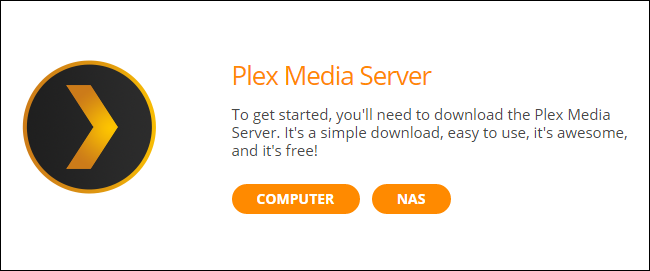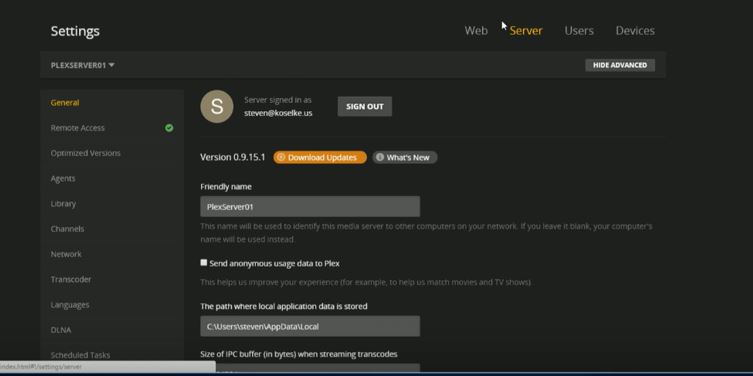

We can now pass through our file paths into the container they are mounted using the volume’s section of the compose file. When you created your docker user you would have noted down these IDs add these to the compose file in the ‘environment:’ section Volumes We need to make some changes in order for the container to have the correct permissions to save its configuration files and to have access to your media. You can now copy and paste the details below into the new text file, it is important you don’t change the spacing as YAML has to be formatted correctly in order to be read by Docker Compose.

Open up Text Editor and click on File then New to start a new file. Install Text Editor from the Package Center The next steps can be done either using a code/text editor such as Notepad++ or to keep things simple for this guide we will be using the Synology Text Editor which can be installed from the Package Center. In a nutshell we will be creating a text file (YAML formatted) which tells Docker exactly how we want to set up a specific container. We will be using Docker Compose to set up the Plex container.

However, don’t freak out as it’s not that difficult! Plex Pass In this guide I am going to take you through the setup of Plex in Docker using Docker Compose.Īs of writing the Synology UI does not have the capability of passing through specific hardware to a container, this means we will need to set up Plex via SSH (terminal). Updated the Hardware Transcode section it’s now much easier Updated Environment Variables to ensure server is updating to the latest versionĪdded Timezone Variable to the compose fileĪmended the Plex image to pull from dockerhub to make updates easier


 0 kommentar(er)
0 kommentar(er)
